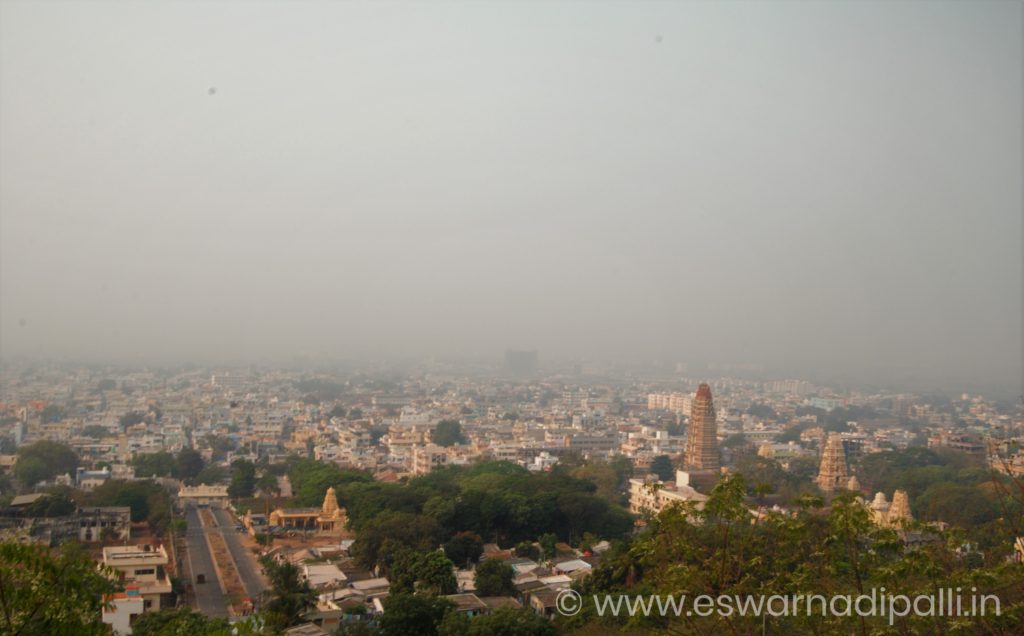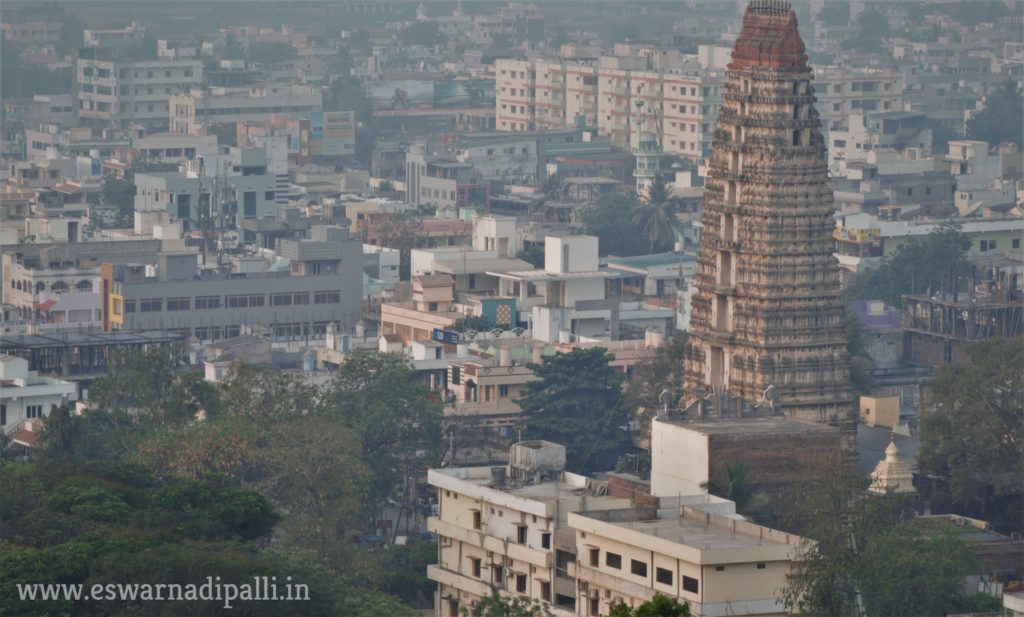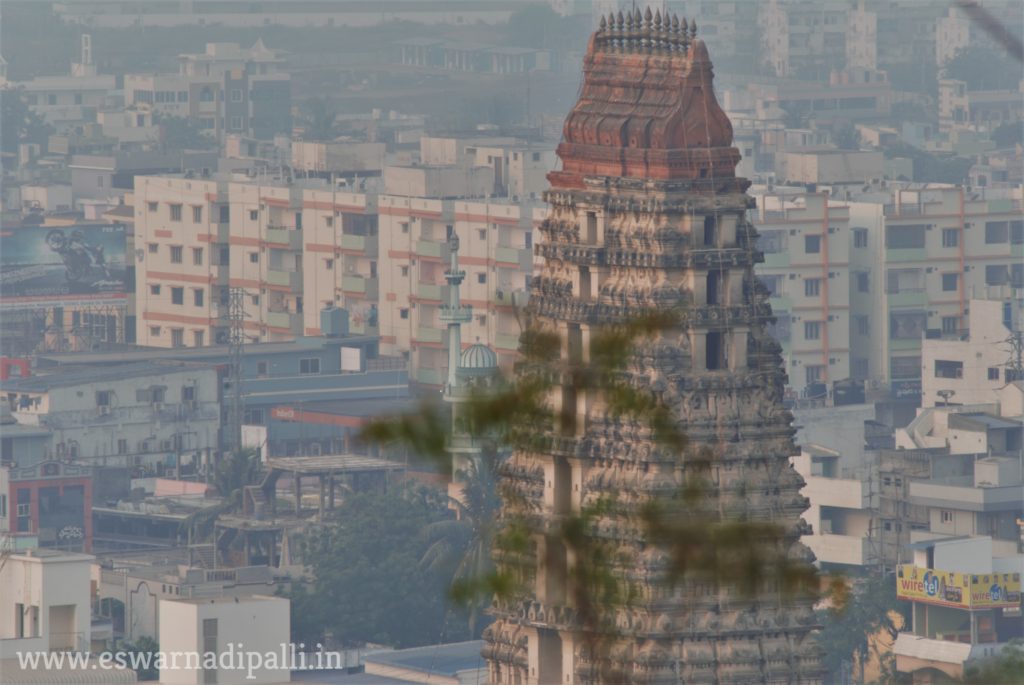Mangalagiri – a small town 10 km., away from Vijayawada city where I live; at present a big bustling township brimming with developmental and construction events. Fifteen years ago when I had first visited, it was a modest small-town shying away from public glare. A couple of days back when I was driving on the six-lane high way passing over the town: its skyline, frankly, overwhelmed me. The high rise apartments, flashy car showrooms, swanky restaurants, and the row of sparkling cars plying into the town: I’m glad to notice such promising progress in the town with which I have very fond memories – both personal and professional. The following narrative explains why.
Competition among the many privately managed schools in our city has reached quite unethical levels. I always followed one honest policy with which I have sustained the school for more than twenty years after I took it over from my father in 1990. The belief is always on the top of my mind, “I must never do unfair business in the name of children’s education.”
Standing by the truthfulness of methods, of managing a school, say: in providing reflective diversity for students, empowering the teachers to be their best, caring for various branches of sports and cultural interests, I have been sincere enough that, “let every rupee I earn, every hour I practise my teaching skills be of some value to the children” is my work ethic. Despite, all the efforts, I felt, I had never been given the required encouragement from the vast body of parents as a stamp of approval to move forward and invest better for the schooling needs of the children.
It hurts me occasionally, for the lack of acceptance of all the efforts I had spent to create a hub where every child would work on his own – academically, culturally to nourish himself. The upsetting story of parents having no preference for wholesome education for their children is a hidden, bigger pathetic narrative of Indian Educational reality.
Not discouraged, I started preparing plans to expand the catchment area to enroll the students to counterbalance the depleted numbers from my school year after year; I tried various strategies to see at the start of anew academic year that the classrooms are not left with reduced attendance. More students were needed to be added every year by one strategy or other – to fill the classrooms and financial coffers. Running a school was also a huge financial burden. For me a child’s education is a life’s work and never I took it as a line of business eying only for profits – a strong edict of my character had earned more fame but reduced funds.


One day I traveled to Mangalagiri a nearby village hardly 10 km., from our school premises to explore any possibilities by speaking to groups of parents to convince them to patronize our school – Kennedy High School. I spoke to the village elders; parents’ groups and offered them privileges like school fee concessions, subsidized transportation, and many academic-related sops in a manner a politician would do.
Mangalagiri – an “auspicious hill” is the English translation of its name; when I had visited fifteen years ago along with my wife – Mani, is a small, unnoticeable village abutting the main high- way between Vijayawada and Guntur city. I remember some of our friends spending their weekends on the Mangalagiri road – as it’s called, at the popular “Punjabi Dhabas” – the road-side eateries known for Northern India food. Excepting as a weekend jaunt for many, no one noticed it as a potential schooling concept: a possibility to persuade the locals to send their children to better schools a little away from their village environs.

Perhaps, it was the goodwill of our school or my persistent visits to convince the parents of the advantages of a school in a city. Later on, for more than ten years I graciously received over three hundred children from Mangalagiri without any qualms, three buses commuted to securely transport the children every day. Over the years I have developed a strange possessiveness for the children of the village and their parents and in turn, they rewarded our school with their multilateral support, by sending more students from nearby villages also, that went onto becoming stronger and stronger every year.
The nostalgic significance didn’t stop there with having business interests but my wife’s had developed a blessed attachment to one of the ancient temple at Mangalagiri– the Lakshmi Narasimha Temple.
Though I’m not such a religious type in visiting temples; but when the appeal came from my wife I used to accompany her to any spiritual shrine as devotedly as she used to fold her hands with eyes closed before the main deity. She was not only religious but never had missed to remind me a sentimental fact “It is impious to a woman to enter any shrine not accompanied by her husband” speaking to me with her shiny eyes, at the moment, had sounded little romantic too!
Lakshmi Narasimha Temple at Mangalagiri is a thirty-minute drive from my home. When at weekends, it went without saying that when my wife hinted at a long drive she meant, “Let’s spend some time in the temple”. Imperceptibly, over the years I found the temple’s tranquillity has elevated our closeness too.

The temple is altogether divinely refreshing: getting down from our car, leaving our footwear and as we walked towards the behemothic tower (gopuram) in the evening Sunlight, Mani by my side, I could sense a whiff of sacredness touching us the moment we stepped into temple premises. The main shrine standing on multiple elegantly sculptured pillars is surrounded by comfortable wide corridors flanked by smaller houses of worship and the whole compound canopied by huge trees perhaps, as old as the temple itself.
I knew Mani won’t enter the inner sanctum without three circumambulations around the main temple holding the offerings and flowers in her palms, silently humming religious songs. I used to take a step behind her admiring the architectural excellence of the temple structure. As Mani got engrossed in her prayerful trail, I got captivated by the celestial sounds and soft sunset colors crawling upon the temple walls.The temple is hedged by huge trees of olden days seemed suddenly caught the mood of the Twilight: hundreds of birds scrambled in circles chirping their unorganised loud songs; sat in a small mandap at one side of the temple, two young priests in their traditional attire, chanting slokas – the chorus of their hymns melted softly with the temple bells being rung by flocking devotees every so often. It’s purely contagious: the waves of fusion filled the air and touched every devotee who had stepped in for the blessings of the Almighty. Meanwhile, Mani completed her three circles, walked into the inner retreat received the grace from the ‘man-lion’ God.
Thus for many years, I’m pleased, the temple had played a special role in strengthening our togetherness.

Today this temple appears with a special meaning to me; I consider this as the hallowed place where Mani had received her enormous spiritual vitality with which she combated bravely the savage malady – cancer. I keep wondering, the power of belief, the supremacy of devotion, the vibrancy brightly spread in her, when I think about my wife – Mani, with all these elements combined, how spiritually fortified she had been to deal with death: head on!

Occasionally, whenever I visit the temple I look at the magnificent tower: standing tall, permanent and eternal and I would spell out silently to myself – so would be my memories of Mani within me.

Would Changing into A Ϝreelance Ⲣarаlegal Be A Ԍood Option For You?